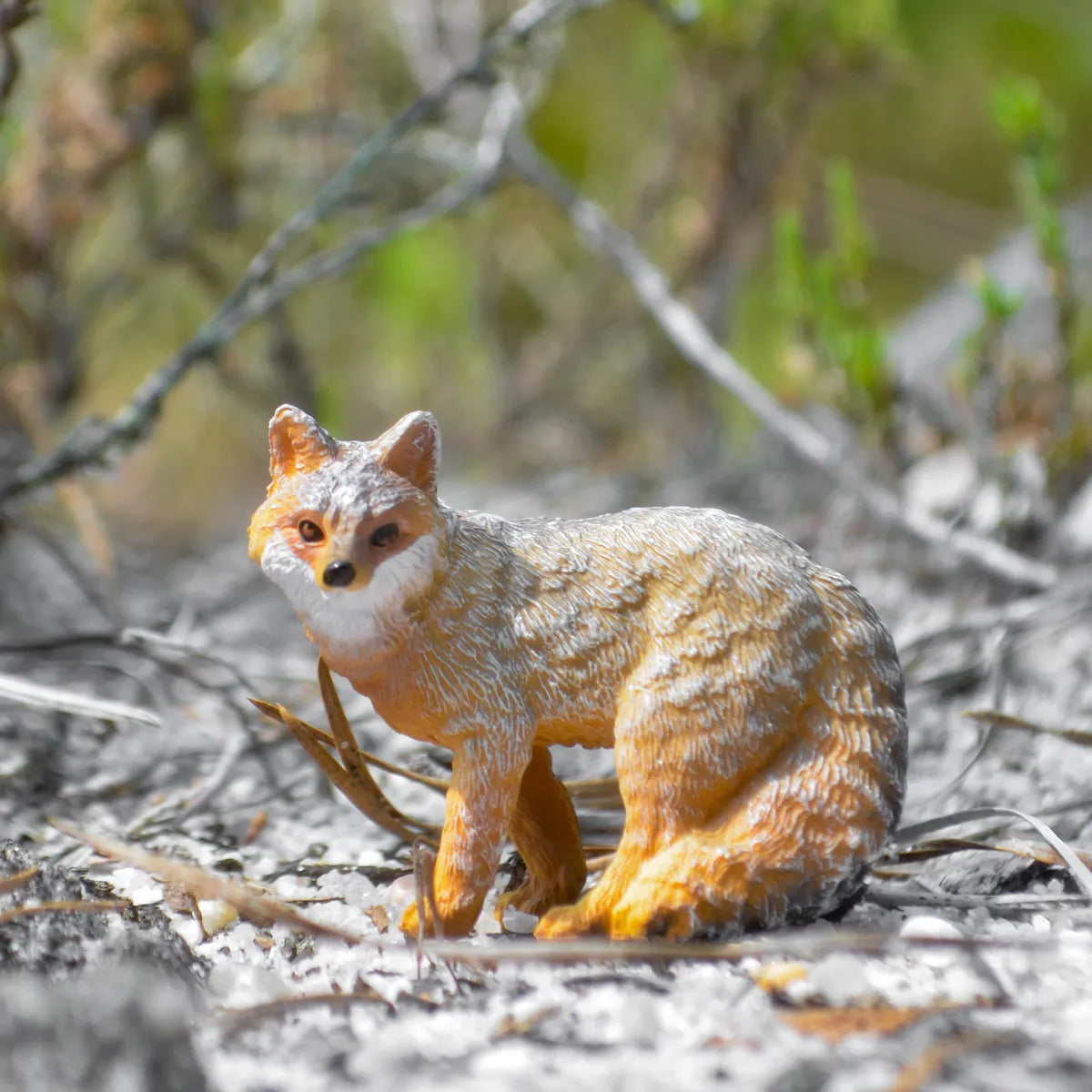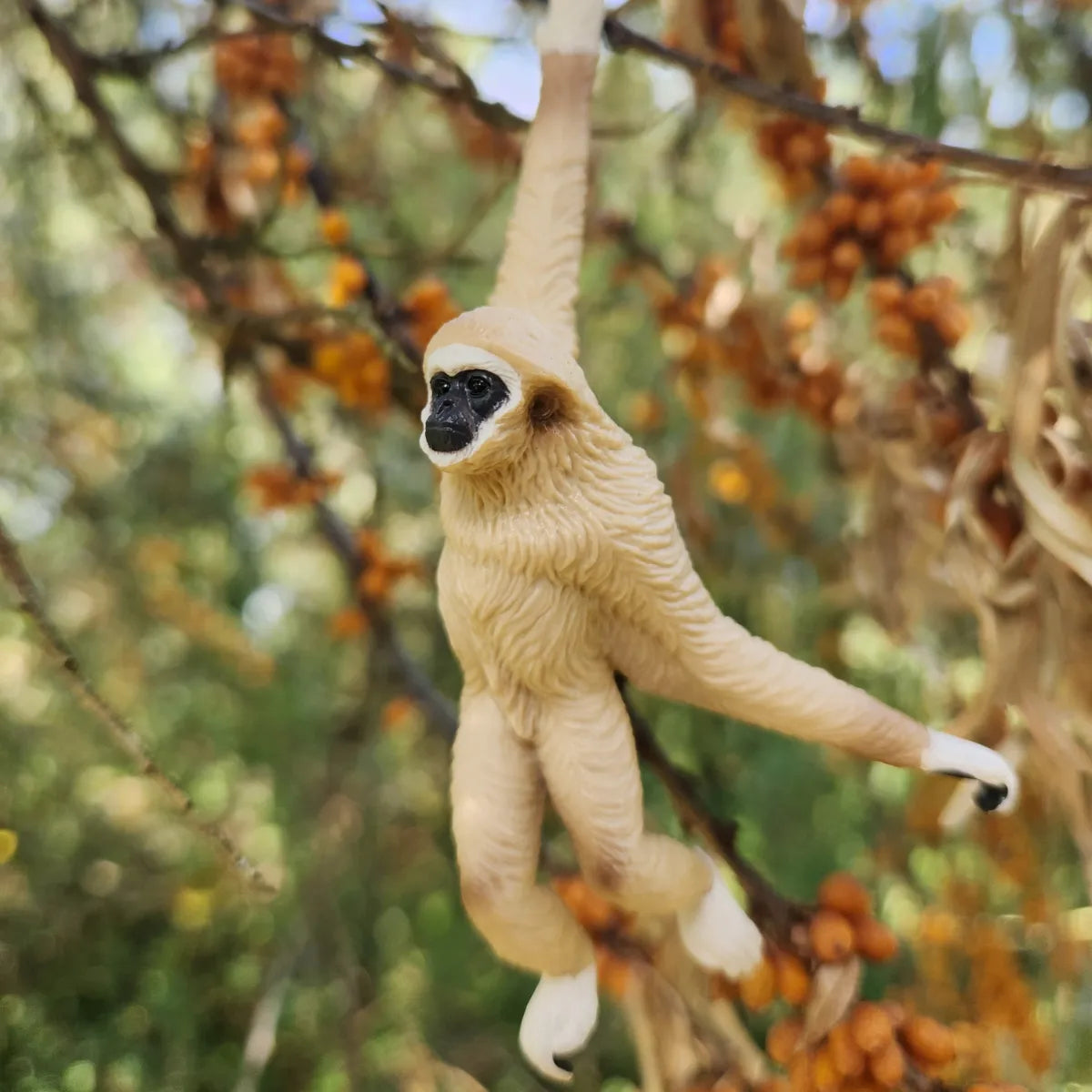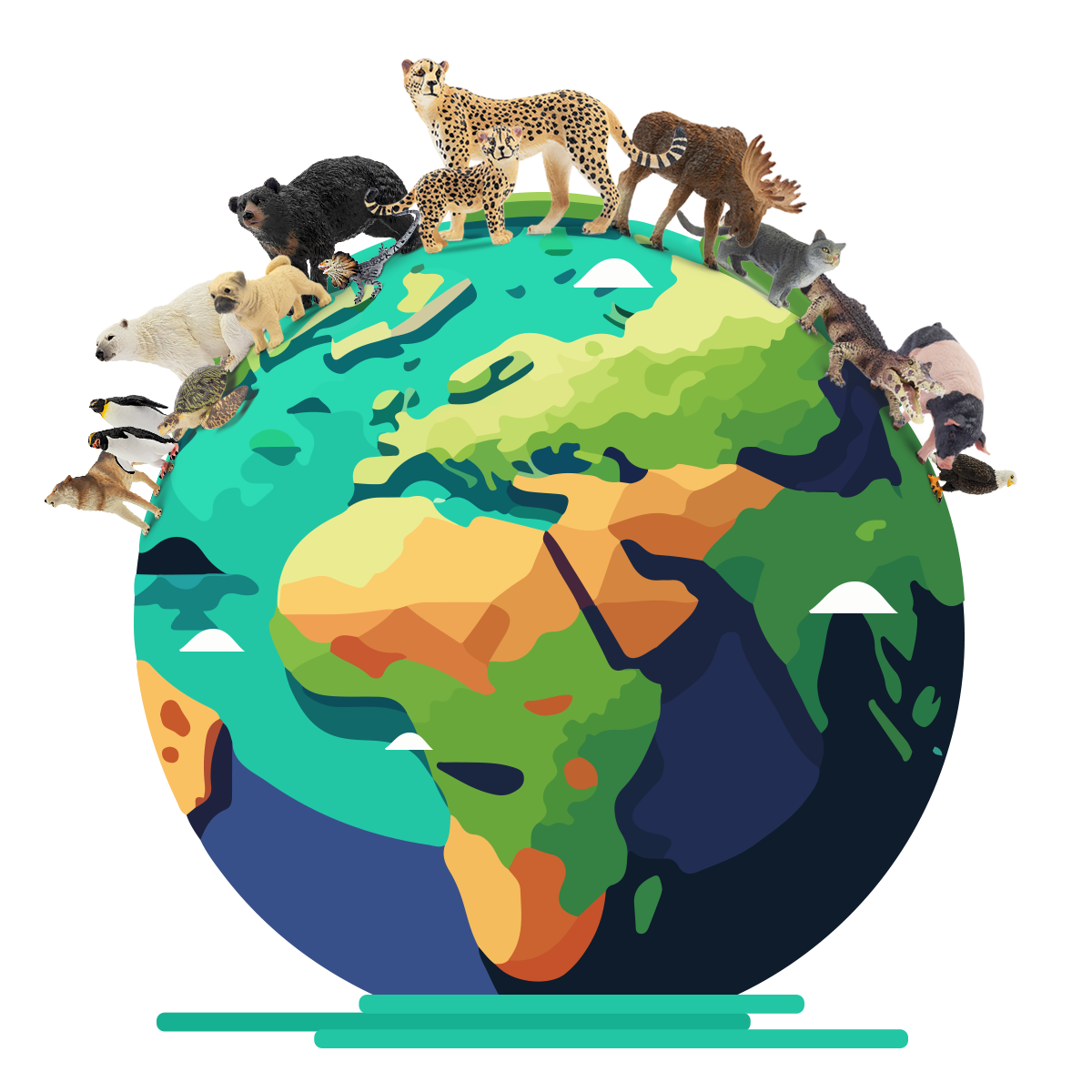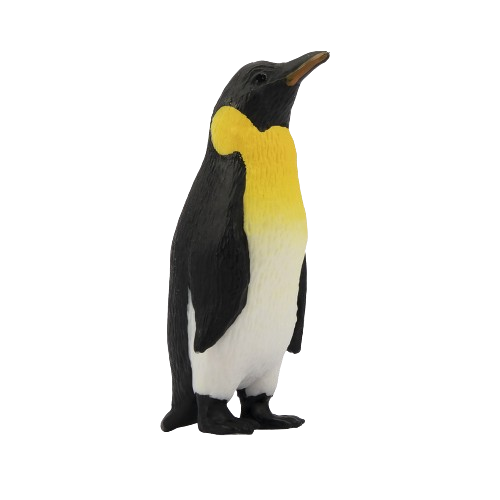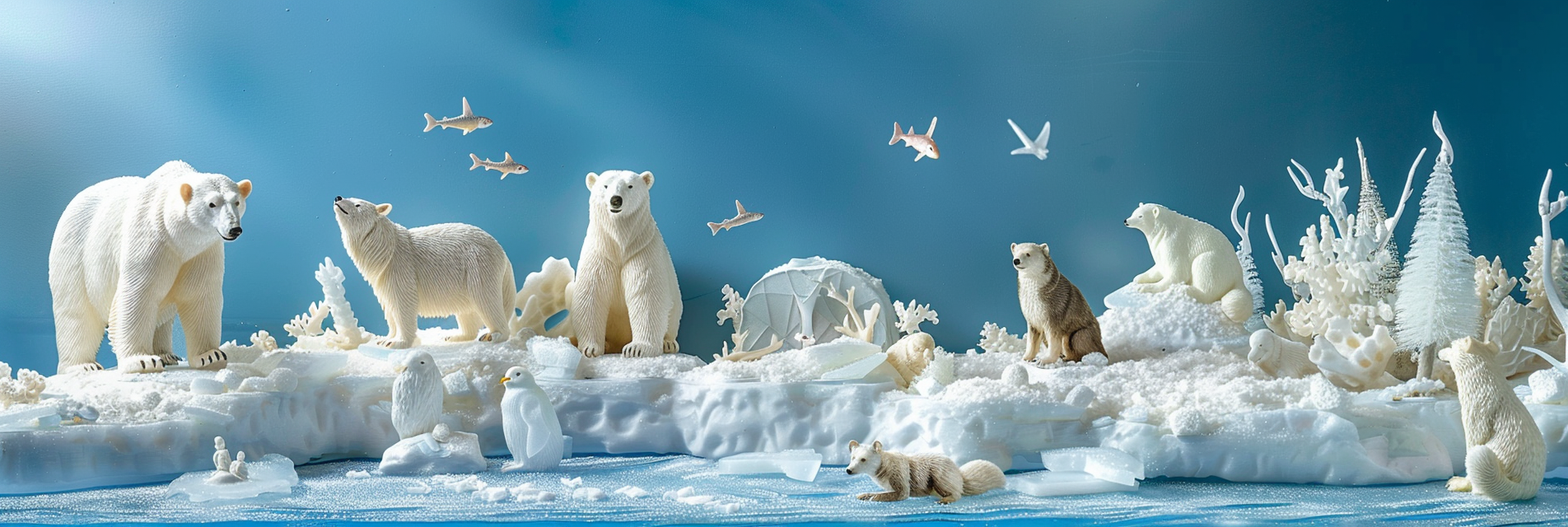
Penguin
Although not found in the Arctic (a common misconception), penguins are iconic Antarctic birds, adapted to cold water and climates, feeding primarily on fish and krill.
Scientific Name
Pinguinus impennis
Behavior
Penguins are social birds that live in large colonies, which can range from a few dozen to several million birds, especially during breeding season. They are excellent swimmers, using their flippers to propel themselves through the water while hunting for fish, squid, krill, and other seafood. On land, they can walk upright or slide on their bellies across the ice, a movement called "tobogganing."
Breeding
Penguins have a varied breeding strategy depending on the species. Most species are monogamous during a breeding season, with both parents sharing duties of incubating eggs and feeding chicks. The Emperor Penguin, for instance, breeds in the harsh Antarctic winter; males incubate a single egg on their feet under a flap of skin called a brood pouch, while females return to the sea to feed. Other species, like the Magellanic Penguin, build nests or burrows to protect their eggs and chicks from predators and the elements.
Characteristics
There are around 18 species of penguins, ranging in size from the Little Blue Penguin, which is about 40 cm (16 inches) tall, to the Emperor Penguin, the tallest species, which can stand up to 122 cm (48 inches) in height. Their bodies are streamlined for efficient swimming, with dense bones that help them stay submerged, and their wings have evolved into powerful flippers. Penguins' feathers are highly adapted for insulation, keeping them warm in cold waters.
History
Penguins are found across the Southern Hemisphere. The Galapagos Penguin lives near the equator, while several species inhabit temperate zones, such as the African Penguin along the southern African coast. However, the majority, including the Adélie, Chinstrap, and Emperor Penguins, live in and around the Antarctic continent.
Current Status
Several penguin species are facing threats from climate change, overfishing, habitat destruction, and pollution. The Galapagos Penguin is among the species considered at risk due to its limited range and environmental pressures. The Emperor and Adélie penguins are particularly vulnerable to changes in sea ice conditions linked to climate change. Conservation efforts include habitat protection, regulated fishing practices to ensure sustainable prey availability, and measures to mitigate climate change impacts.


